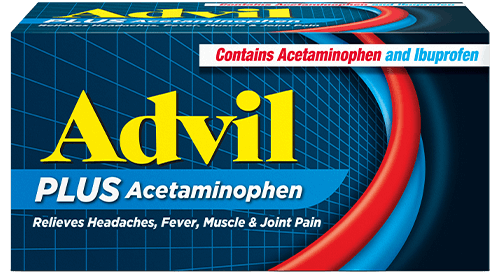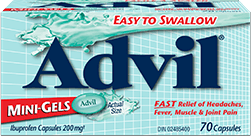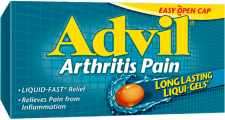What Is Inflammation?
Learn more on the types and signs of inflammation.
Inflammation is the body’s way of trying to protect itself from something it believes to be harmful—such as bacteria, viruses, foreign objects, and toxins like chemicals from cigarette smoke or excess fat cells. When the immune system senses a threat, it triggers the release of white blood cells to surround and protect the area. This release creates redness and swelling.
Types of Inflammation
There are two types of inflammation:
- Acute inflammation starts rapidly and becomes severe over a short period of time, like a sore throat from a cold or the flu or the inflammation around a wound.
- Chronic inflammation persists for months, sometimes even years. This can happen when the immune system fails to eliminate the cause of acute inflammation. Or sometimes, chronic inflammation happens when the body mistakes healthy tissue for a disease-causing substance and continues to attack against it; this is what is known as a chronic inflammatory disorder. Rheumatoid arthritis is an example of a condition that involves chronic inflammation.
Signs of Inflammation
There are 5 main signs or symptoms of inflammation:
- Pain, especially if the area is touched
- Redness, which is due to the body sending more blood cells to the area
- Immobility and loss of function in the area
- Swelling due to a buildup of fluid
- Heat due to the flow of blood into the area
These signs/symptoms are apparent if the inflammation is near the surface; however, if it occurs deep within the body, some of the signs/symptoms may not be noticeable. And sometimes inflammation occurs without causing any signs/symptoms at all.
Finding Relief
There are a number of options available to deal with inflammation:
- Nonsteroidal anti-inflammatory drugs (NSAIDs): An NSAID like Advil® can be taken to relieve pain from inflammation due minor injuries.
- Heat treatment: Hot packs and wraps placed around the affected area can temporarily ease joint pain, stiffness, and muscle spasms by increasing blood flow and helping make connective tissue more flexible. Use caution to avoid burns.
- Cold treatment: An ice bag or cold pack applied to recently developed inflammation can help numb tissues, relieve muscle spasms, and decrease pain and inflammation. Limit the amount of exposure to the cold to no more than 20 minutes at one time to prevent tissue damage. Don’t use cold packs if you have poor circulation.
- Avoid foods that trigger inflammation: Among the foods that are known to trigger inflammation are refined carbohydrates, red meats and processed meats, and soft drinks sweetened with sugar.
- Eat more foods that fight inflammation: Foods that help fight inflammation include leafy green vegetables (such as spinach and kale), tomatoes, olive oil, nuts (such as almonds and walnuts), and fruits (such as strawberries, blueberries, cherries, and oranges).
Be sure this product is right for you. Always read and follow the directions on the label. This information is provided for educational purposes only and should not be used as a substitute for professional medical advice, diagnosis, or treatment. Speak to your healthcare professional before making any changes to your lifestyle or before beginning or discontinuing any course of treatment. Never disregard professional medical advice or delay in seeking it because of something you have read on this site.





